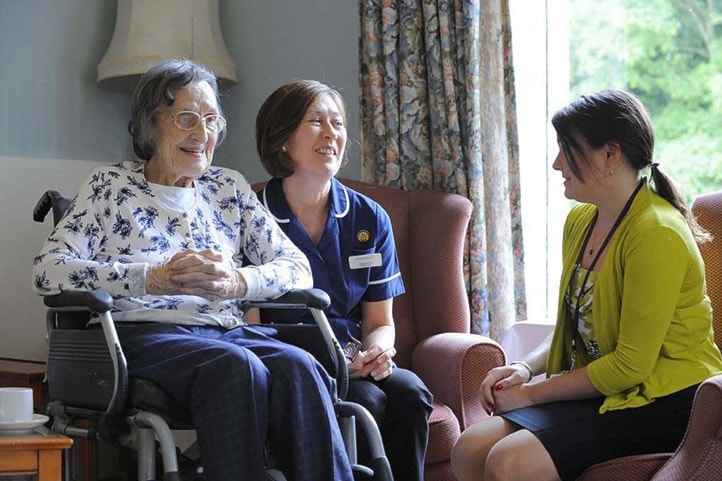The BC Care Providers Association (BCCPA) is applauding a new federal health accord with British Columbia that will benefit the province’s seniors, through $785.7 million in federal funding over 10 years that is specifically targeted to investments in home and community (residential) care for seniors around the province.
“I’m very pleased with the announcement, and glad that the federal and provincial governments came to an agreement,” Daniel Fontaine, CEO of the BCCPA, told The Journal. The funding is due to start on April 1, for the fiscal year 2017/2018, and Fontaine hopes that the targeted dollars start flowing immediately.
“I’m very pleased to see money specifically earmarked for home and community care. It can’t go into general revenue. It will relieve pressure on hospital beds. Province-wide, on any given day 13 per cent of hospital beds are occupied by seniors who have been assessed as being ready to go home or into residential care, but they can’t, as there’s no capacity.”
Fontaine says that a key to relieving the pressure—especially in rural areas—is workers. “We can’t just have a plan to invest in seniors care without workers, which is acute in rural areas. There’s a shortage of workers province-wide.
“We must have an active and robust plan to train workers, especially young workers. These jobs are currently vacant.”
Fontaine says that he is seeking clarification as to how the funding will be provided. “Is it an equal split over the ten years, or will more be put in at the start to alleviate the immediate pressure?”
A recent BCCPA proposal put forward 30 suggestions for improved seniors’ care throughout the province. Fontaine says that he hopes the federal funding will help the provincial government reach the target of 3.36 hours of individual care per day per resident at facilities around the province; hire more workers; increase the minimum home care visit to 30 minutes from the current 15 minutes; provide infrastructure dollars to assist rural communities; and invest in the quality of care for seniors.
“This health care deal will translate into more direct care hours and home visits across the province,” says Fontaine. “Our hope is it will also result in reducing the number of seniors forced to unnecessarily stay in hospitals when they’re ready to receive care back in their community.
“We want to make sure seniors don’t just have clinical care; we want to ensure they have quality care, such as outings, concerts, and other opportunities.”
Fontaine also hopes that the provincial government makes seniors a priority in their 2017 budget, which was announced on February 21, after The Journal went to press. “We’re calling on the province to put money aside for rural communities.
“The time for action is now, and a joint commitment by both Victoria and Ottawa will go a long way in helping to address the needs of our elderly population and the families that support them.”
Fontaine points to the experience of Niverville, Manitoba, which had no services for seniors. That meant that seniors had to leave town to access facilities, prompting the community to develop a “care campus” model. That resulted in a gain of 1,000 residents between 2006 and 2011, and the care facility is now the largest employer in the town.
“I tell small communities not to get discouraged; it can be done.”
